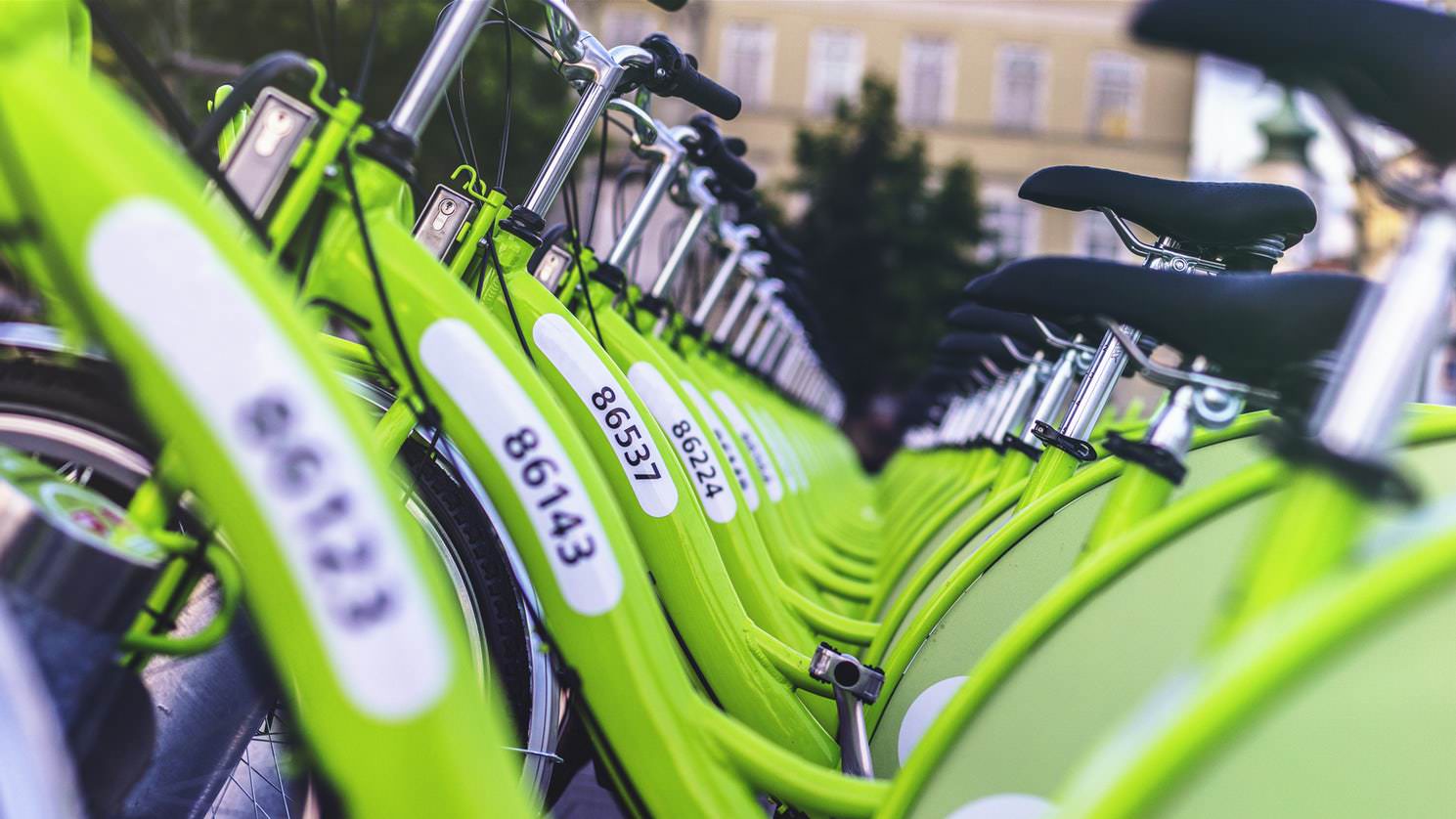
As environmentalists continue to warn about the wide-reaching hazards of 21st century lifestyle, more and more homeowners are beginning to wake up to the massive gains the switch to green living entails. Not only is the shift to sustainable lifestyle good for the Planet, it’s also beneficial for human health, budget, and life quality. For this reason, you should take the steps to greenify your living area and daily life as soon as possible if you’re not on the eco-safe side of the lifestyle agenda already. Short on ideas as to how and where you can switch to eco-safe lifestyle? Here, use the tips below to tweak your lifestyle in line with long-term wellbeing and environmental gains.
1. No plastic in sight, thank you
On average, it takes a minimum of 450 years for a plastic bottle to degrade completely, and the world’s oceans and landfills are already bearing the ecological brunt of mass use of synthetic homeware and accessories. To cut your household’s plastic waste, opt for reusable or recyclable household essentials such as bags, bottles, cutlery, furniture, and containers over alternatives made from polymeric materials. You should also avoid products pre-packaged in plastic and go with unwrapped grocery produce or products in eco-friendly packaging such as recycled paper, organic fabric, or salvaged timber.
2. Try the renewable energy twist

Electricity may still be the mainstream when it comes to power supply but an increasing number of homeowners are starting to appreciate the benefits of renewable energy for the environment and their own finances. To dial up your household’s sustainability game, do away with phantom leaks and opt for a green certified power supplier that generates at least half of its energy from clean sources. Alternately, you can have solar panels fitted onto your rooftop and switch to solar water heating: it’ll help you trim energy waste and perhaps even produce surplus power which you’ll be able to sell into the grid.
3. Green way to clean your home
Commercial cleaning products contain hazardous chemicals which can compromise your family’s health and pollute the environment if they end up in the soil and water. For a safer cleaning twist, swap chemical-based for homemade cleaning supplies. To make a potent eco-cleaner, mix water, baking soda, and vinegar or lemon juice, and trade the commercial soap bar for a natural one. Furthermore, you can ditch commercial personal care products for all-natural counterparts to do a favor to both the planet and your health and beauty. This is a safe way to clean everything from your timber doors to other wooden surfaces and prevent any damages. You can also reuse old clothes as cleaning rags to minimize your home’s waste footprint and save cash down the road.
4. Save water to save the Planet

Water scarcity is a burning global problem and it’s only a matter of time when shortage of safe H2O might come knocking on your neighborhood’s doors. To help save water and contribute to environmental conservation, outfit water outlets in your home with aerators, low-flow add-ons, and other water-efficient extras, and replace the standard with a dual flush toilet. It might also be a smart idea to install a tankless water heater and thus hack energy and water savings by a single upgrade. Additionally, you can convert the classic toilet tank into a low-flush counterpart the DIY way to help save the planet’s oceans, one flush at the time.
5. Rethink your building plans
Are your home extension plans truly as green as they ought to be? If you’re planning to build an auxiliary facility in your backyard, you should carefully pick the materials, design, and location of the new building to get the greenest bang for your home upgrade buck. If you’re short on ideas as to how your facility al fresco should look, you can check out the design of sustainable houses and borrow inspiration for your home improvement project. It might also be a wise idea to look into green building options and select materials and facility design that blend the best of sustainability, functionality, and comfort.
6. You’re what you eat – and wear

Organic food is making huge waters on the global market, and it looks like the trend’s only going to grow further. A diet centered on natural staples is better for both the environment and your long-term health, and it’s also tastier and nutrient denser than nutrition structured around pre-processed, additive-laden staples. And as you’re savoring your green bites, you may as well look eco-chic too: by replacing clothing and accessories crafted from synthetic materials with organic alternatives such as organic cotton, bamboo, and hemp fiber, you’ll get to claim bragging rights as an eco-fashionista and look amazing while doing it.
Boarding the sustainable boat is neither costly nor difficult – and if you’re still here, you know all it takes to take your lifestyle, diet, and home from grim to green within weeks. Ready, steady, go and green up your life!





Leave a Comment